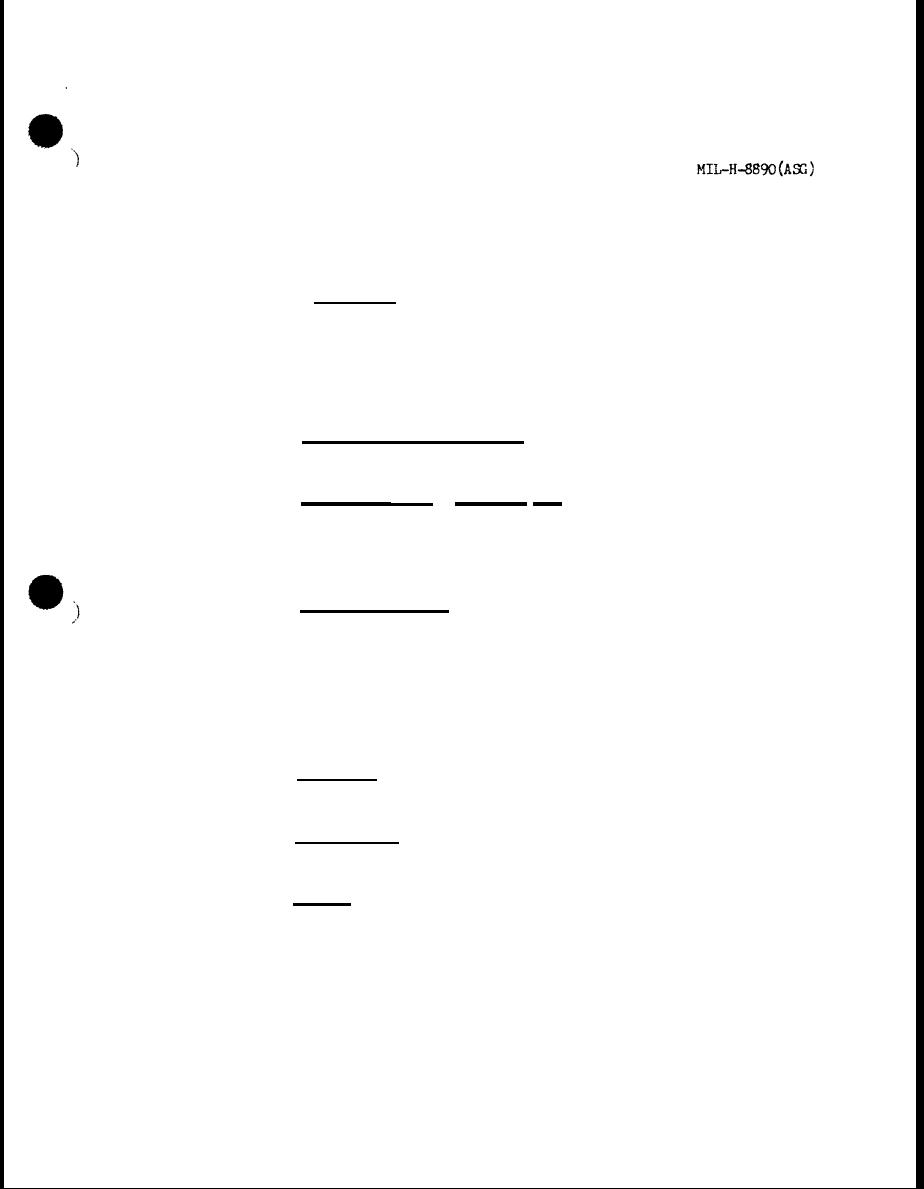 |
|||
|
|
|||
| ||||||||||
|
|  3.4.9.1 Where practicable, it shall be possible to adjust under full system
pressure with negligible loss of fluid. No adjustment screws shall be sealed
unless necessary. The means for adjustment shall be either internal or protected
from tampering by a cover or similar device. If the component is subject to mul-
tiple settings, the seal shall be externally visible and marked with its setting.
3.4.10 Retainer rings.- Retainer or snap rings shall not be used in hydrau-
lic equipment in my location where failure of the ring (caused by hydraulic or
mechanical loads) will allOW blow-apart or jamming of the equipment. Neither shall
retainer rings be used in locations where the buildup of clearances and manufac-
turing tolerances will allow destructive end-play contributing toward failure of
seals, brinelling, or fatigue failure. For other applications, the retainer rings
shall be capable of being installed and removed with standard pin-type pliers or
other standard tools developed for use with the specified rings.
3.4.11 Drive screws and spring pins .- Drive screws and spring pins shall
not be used in the assembly of components; however, drive screws may be used for
attaching nameplates.
3.4.12 Directlionally critical component s - Components which are subject to
malfunction or failure owing to reverse installation shall make provision to
render improper installation impossible. Line-mounted units shall also be marked
with an arrow indicating direction of flow. Components which mount to structure
shall be so designed that size or location of ports or mounting provisions are
unsymmetrical.
3.4.13 Structural strength.- The equipment shall have sufficient strength
to withstand all loads or combination of loads resulting from hydraulic pressure,
temperature variations, actuation or operation, and installation wrench loads.
Where a control lever, or other item, is integral in a component, the lever,
mechanism, and stops shall be capeble of withstanding a limit torque of 50 radius
(R) pound-inches if the control radius is less than 3 inches, 75R pound-inches
for radii 3 to 6 inches, and 150R pound-inches for radii greater than 6 inches.
Where a control lever is not integral in a component and the component incorpor-
ates stops, the stops shall be capable of withstanding a limit torque of 1,800
pound-inches.
3.4.14 Rated flow.- The component shall be designed to operate stably
when operated from zero to 150 percent of rated flow in a test system and under
operating conditions as specified in the detail specification.
3.4.15 Pressure drop .- The component shall be so designed as to offer the
minimum restriction to flow consistent with the other requirements of this speci-
fication and the applicable detail specifications.
3.4.16 Bleeding.- The configuration of components shall avoid cavities
which cannot be purged of entrapped gas, or vented chamber which cannot be purged
of entrapped water. Auxiliary bleed ports shall be provided when necessary.
5
|
|
Privacy Statement - Press Release - Copyright Information. - Contact Us |